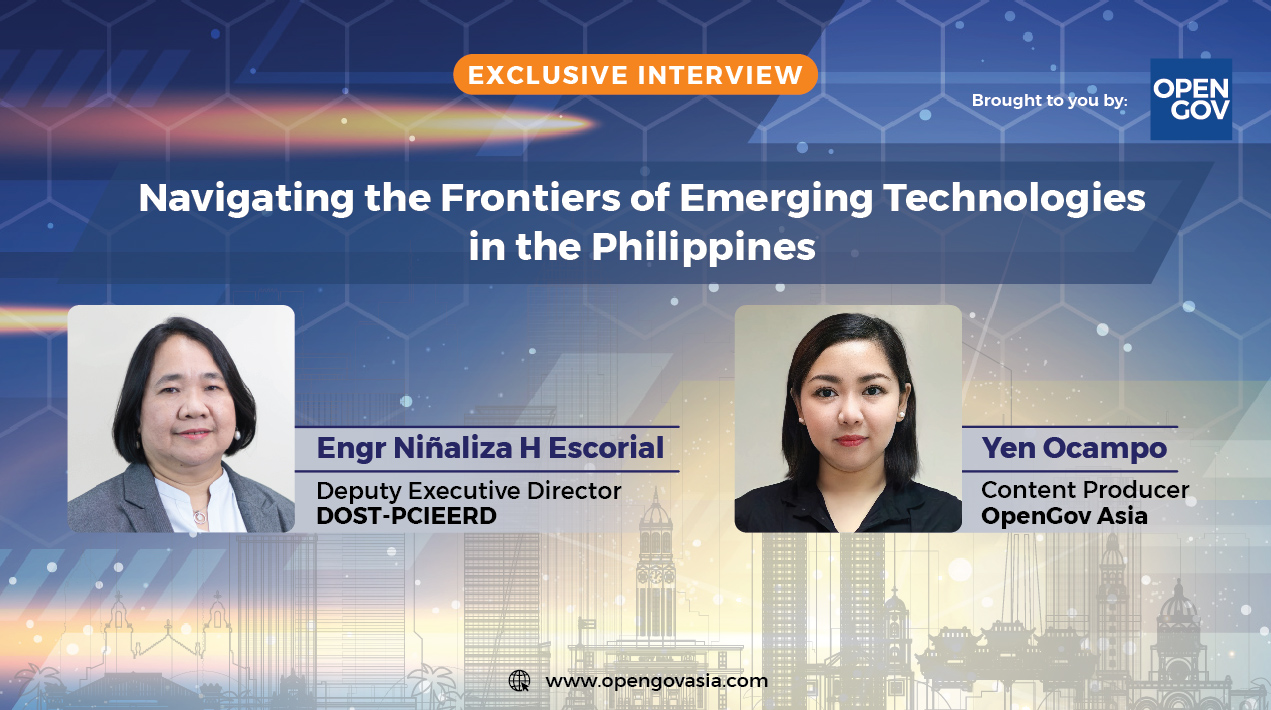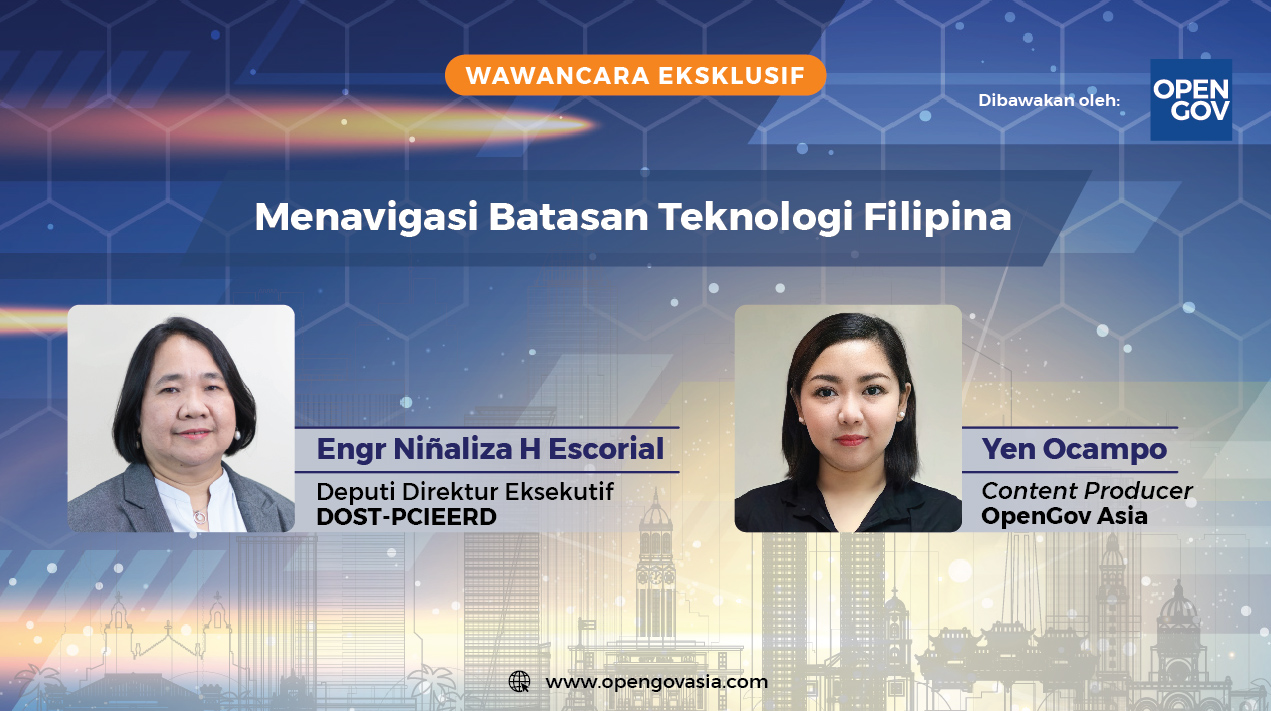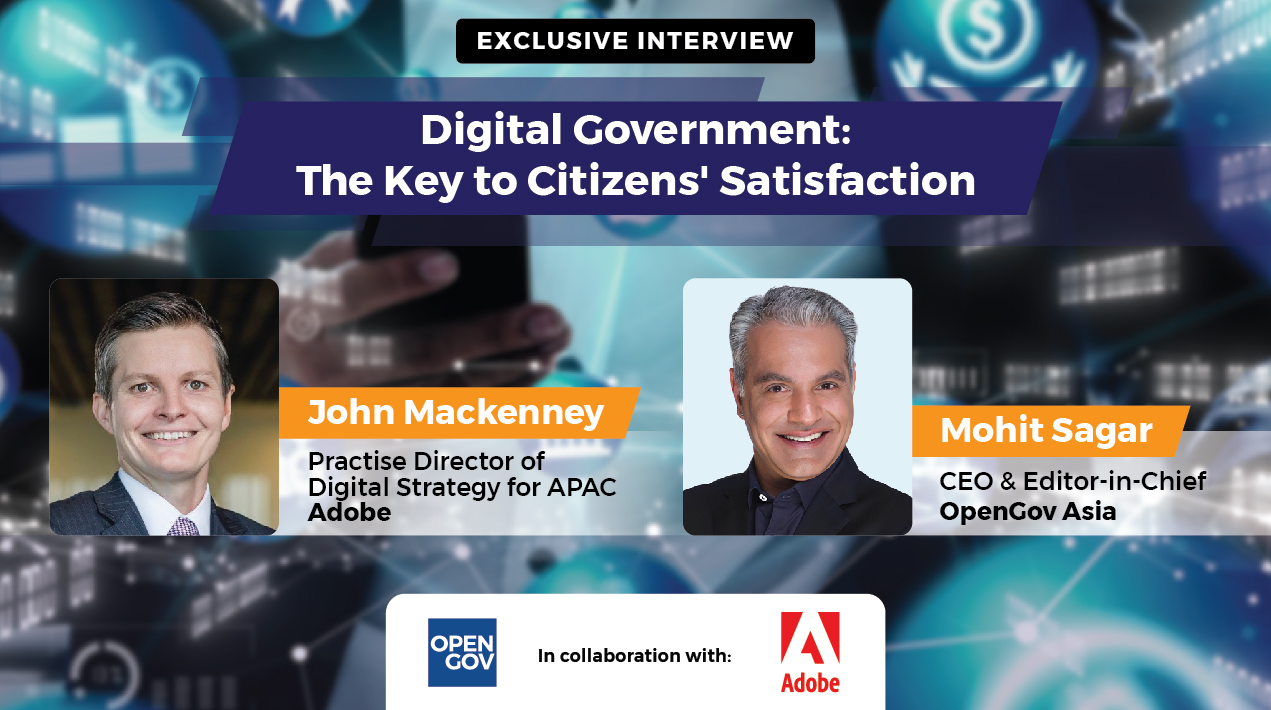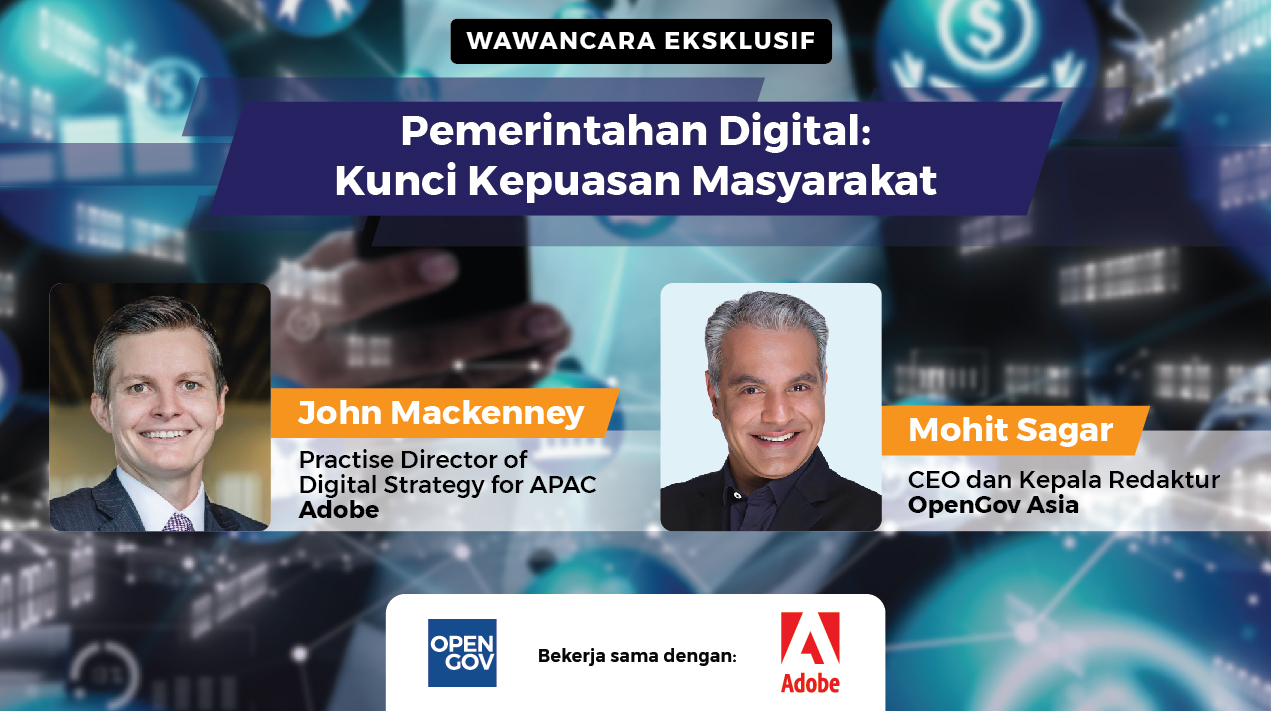
The Singapore OpenGov Leadership Forum was fortunate to hear from Mr Paul Bartley, from the Program Support Centre, US Department of Health and Human Services.
Paul runs a ‘shared service’ focused on back office administrative support for US Federal Government Agencies. He specifically provides services in financial management and procurement; real estate and logistics; and occupational health to name a few. He provides this service through 3,000 staff and has an annual turnover of $700 million.
Paul’s customers are government agencies. He receives no government funding and all his revenue comes from ‘selling’ his products and services. The organisation has now been in existence for 20 years.
He spoke to us about innovation and some of the innovative approaches his agency has implemented. He was quick to also add that their innovation journey has not yet been completed, and there are many more opportunities his agency needs to grasp.
Paul’s approach to his business is that it needs to constantly innovate. He understands his customer needs and designs services that address those needs. He continually compares his services to the private sector and benchmarks his costs/prices and service delivery and quality standards.
He recognises he can’t do this all himself, and he partners with the private sector to listen and learn from their approaches – and then considers how to use these approaches in his business. He is upfront about the fact that there is still a big market out there for the Program Support Centre to investigate and attract. He is also upfront about the fact that they still have a lot to learn about their innovation journey.
The presentation outlined three recent specific innovations delivered by the Program Support Centre.
The first was a transport benefits solution. US federal employees have the option of foregoing the ability to drive to work and park and in return agencies will subsidise the cost of their public transport use. Initially, administering this was a time-consuming and frustrating manual paper-based process where employees needed to line-up every three months to receive their benefits pass. The cost was $10 million for the transportation subsidy and $3 million in administration.
Paul’s new, innovative solution uses a transportation go card based on a credit card through a local bank. Every eligible employee receives a card that allows them to commute to work. It is an on-line enabled system and the cards are only configured for transportation usage, therefore, reducing the risk of fraudulent transactions. This solution has enabled savings of 25% of the costs of the subsidies and has reduced their entire program cost by $5.5 million per year.
The second, while not truly innovative, has enabled the US federal government to reduce its paper footprint. The US government has a priority to reduce its real estate footprint. In order to enable agencies to achieve this goal, when agencies are moving offices, Paul will supply a team that will scan all paper records, therefore reducing the need for real estate for filing cabinets. This has also increased federal employees’ productivity, in terms of reducing the time it takes to find documents.
The third innovation was the introduction of Occupational Health Services. Paul provides all federal employees with work-related health services (such as vaccinations), medical employability services (such as pre-employment health screening) and occupational health and safety services. He does this through 300 clinics throughout the US. These clinics have become a one-stop shop for employee health, and has increased employees’ health, productivity and engagement because of this service.

So, how has Paul done this?
1. He determines his customer requirements. His shared service is not a ‘centralisation’ of services. He understands his customer’s business needs and questions them about the drivers for them – is it cost, is it frustration, is it productivity?
2. He then builds a solution – and buys/rents when he needs to, and partners with the private sector when he needs to. He recognises that he doesn’t have to do everything himself.
3. He measures outcomes – to ensure that what agencies are trying to achieve is actually what is being achieved.
4. He delivers solutions – he ensures that delivery is sound and he recognises that is if he isn’t successful, everything else doesn’t really matter.





















